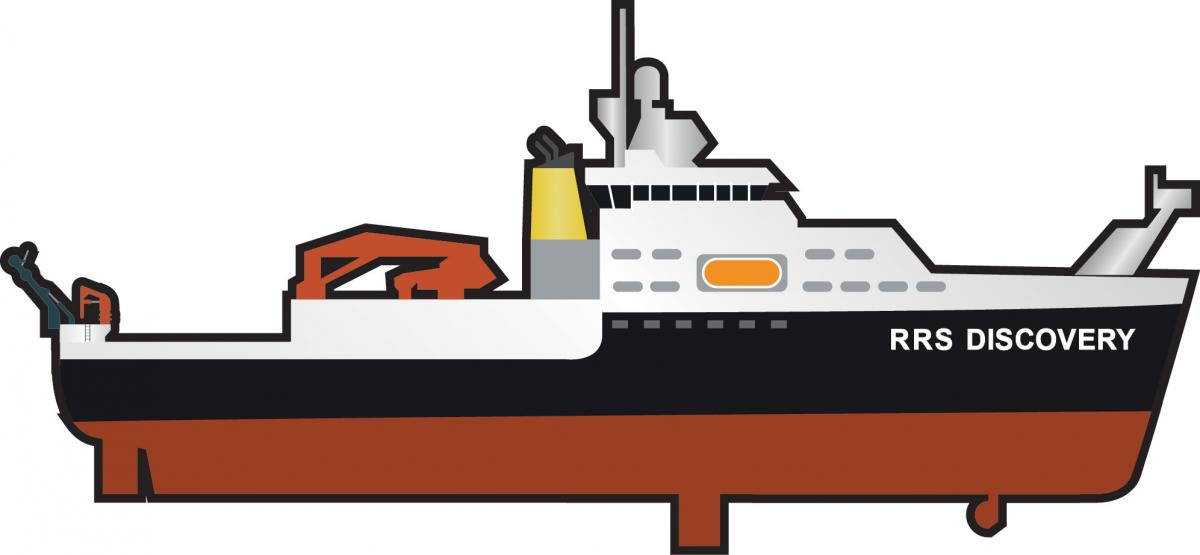The RAPID-AMOC 26°N project makes observations of the AMOC in collaboration with colleagues from University of Miami and NOAA in the USA. The UK component of this project is an array of moorings in the subtropical Atlantic. The are two main sub-arrays: the first is on the western boundary close to the Bahamas, the second is on the Eastern boundary close to the Canary Islands.
What is the AMOC?
The AMOC is a complex system of ocean currents that has a surprisingly direct influence on the weather and climate on land. The secret of the importance of the AMOC lies in its ability to move heat over thousands of kilometres from one end of the Atlantic Ocean to another.
Even small changes in the strength of the AMOC, and especially the rate at which it transports warm water to the North Atlantic, can bring about large changes in the air temperature and rainfall that we receive in the UK. It can change rainfall in the Amazon Basin and over central Africa, the strength of hurricanes in the Caribbean, and even the severity of monsoons in southeast Asia.
RRS Discovery

